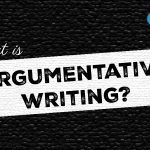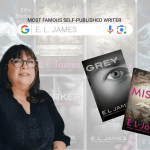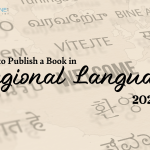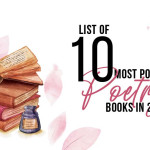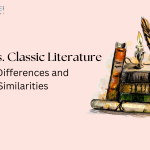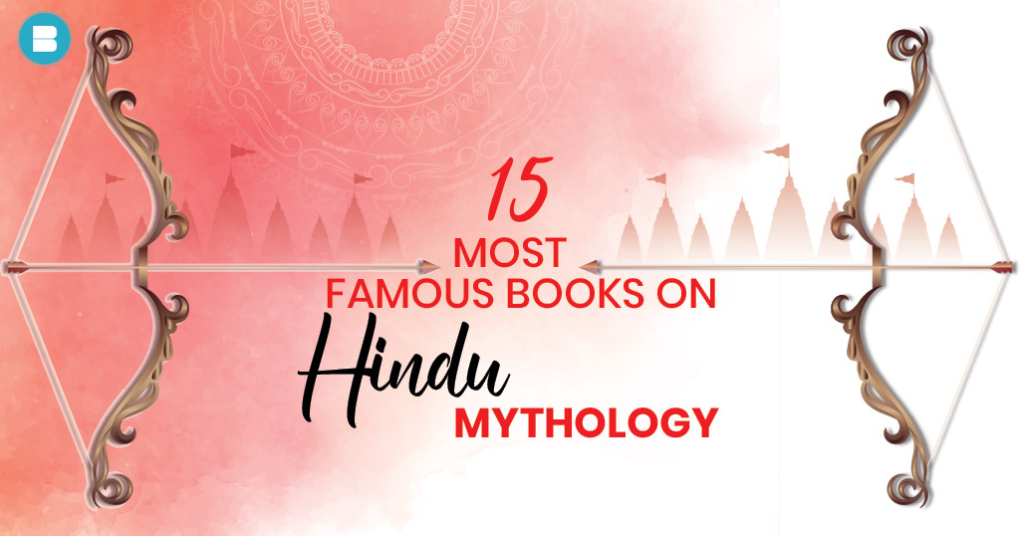Are you in the midst of writing and creating your book? Congratulations! However, one critical component of the creative process should not be overlooked: selecting the correct typefaces. The typefaces you choose for your book will have a big influence on its readability, attractiveness, and overall appeal.
Read: What is Indie Publishing? Learn How to Publish Your Book in 2023.
In this detailed tutorial, we’ll dig into the world of typefaces and offer advice on how to choose the ideal ones for your literary masterpiece.
Which font style is best for books?
The choice of font style for your book is a critical decision. It directly affects how readers engage with your content. Here are a few classic and widely accepted font styles for books:
- Serif Fonts: Serif fonts, like Times New Roman, Garamond, or Baskerville, are traditional choices for book text. They feature small lines (serifs) at the ends of characters, which aid in smooth reading.
- Sans-Serif Fonts: Fonts like Arial, Helvetica, and Calibri belong to this category. They lack the serifs of their counterparts, offering a clean and modern appearance. Sans-serif fonts are often used in chapter headings and subheadings.
- Book-Specific Fonts: Some fonts are specifically designed for books, such as Sabon, Minion, and Palatino. These fonts strike a balance between readability and elegance, making them excellent choices for book text.
- Modern Fonts: If your book has a contemporary or artistic theme, you may consider modern fonts like Futura or Century Gothic. However, use them sparingly and only in titles or headings.
You may also like: 10 Magical Books That Combine Christmas and Fantasy
What Font Is Best for Book Titles?
Book titles are your chance to be creative and capture your readers’ attention. While you have more freedom here, readability is still essential. Consider the following fonts for book titles:
- Bold Serif Fonts: Fonts like Bodoni, Didot, or Playfair Display offer an elegant and impactful look for book titles. Their bold serifs create a commanding presence.
- Decorative Fonts: For specific genres or artistic books, decorative fonts like Lobster, Cinzel Decorative, or Pacifico can add a unique flair. However, use them sparingly and ensure they align with your book’s theme.
- Custom Fonts: Some authors opt for custom-designed fonts to give their book titles a distinctive touch. This option requires professional design but can result in a one-of-a-kind look.
You may also like: Imposter Syndrome for Author: Steps to Overcome Imposter Syndrome
What Is the Best Font and Size for a Book?
The best font and size for your book’s main text depend on several factors, including your target audience and genre. However, here are some general guidelines:
- Font Size: A standard font size for books is typically 10, 11, or 12 points. Choose a size that ensures comfortable reading without straining the eyes. Larger sizes may be suitable for children’s books or large-print editions.
- Line Spacing: Maintain an appropriate line spacing (leading) to enhance readability. A common choice is 1.5 times the font size.
- Margins: Leave sufficient margin space around the text. This aids in preventing overcrowded pages and makes the reading experience more pleasant.
- Justification: Most books use left-aligned (ragged-right) text for improved readability. Avoid full justification, as it can lead to uneven word spacing.
- Hyphenation: Limit hyphenation, as excessive hyphens disrupt reading flow. Adjust the spacing and line breaks instead.
You may also like: List of Top 10 Famous Durjoy Dutta Books of All Time
What font is Harry Potter written in?
The Harry Potter series, authored by J.K. Rowling, primarily uses the font “Adobe Garamond” for its book titles and chapter headings. This font was selected for its timeless and magical quality, which aligns with the theme of the series.
Top 5 fonts to use as titles!
Choosing the right font for titles is crucial to making them eye-catching and aligned with the theme of your content. Here are the top five fonts to consider for titles:
- Helvetica Neue: Helvetica Neue is a modern, clean, and versatile font that works well for titles. Its simplicity and readability make it a popular choice for various design projects.
- Bodoni: Bodoni is an elegant and stylish serif font known for its high contrast between thick and thin strokes. It adds a touch of sophistication to titles and headings.
- Playfair Display: Playfair Display is a classic serif font with a timeless and elegant appearance. It’s particularly well-suited for book titles, magazine covers, and luxury brand materials.
- Lobster: Lobster is a decorative, script-like font that adds a playful and casual vibe to titles. It’s often used for creative or informal projects to capture attention.
- Montserrat: Montserrat is a versatile sans-serif font with a modern and geometric style. It’s a popular choice for contemporary titles, especially in web design and branding.
Remember that the choice of font should align with your overall design and the tone of your content. Experiment with different fonts to see which one best complements your project’s aesthetics and message.
You may also like: What is Sitautional Irony? Definition, Examples and Tips for Writers
The top 5 fonts to use for content!
Here are the top five fonts to consider for content:
- Arial: Arial is a widely used sans-serif font known for its clean and straightforward design. It offers excellent readability in various text sizes and is suitable for both print and digital content.
- Times New Roman: Times New Roman is a classic serif font that is highly legible in printed materials. It’s often used in academic papers, books, and newspapers due to its traditional and professional appearance.
- Calibri: Calibri is a modern sans-serif font that comes pre-installed with Microsoft Office. It’s a popular choice for business documents and digital content due to its readability and contemporary style.
- Georgia: Georgia is a serif font designed for digital screens. Its slightly larger and rounded characters make it easy to read on screens, making it suitable for web content and e-books.
- Verdana: Verdana is another sans-serif font optimised for digital readability. Its wide spacing and clean lines make it an excellent choice for online articles, websites, and presentations.
When selecting a font for content, consider factors like the medium (print or digital), the target audience, and the overall design of your project. The goal is to choose a font that enhances readability and complements the visual aesthetics of your content.
As you can see that all fonts are different even when being at one font size, therefore each font has a different level of readability.
Read: Here’s a Complete Guide on How to Publish a Biography in 2023.
In conclusion, selecting the right typefaces for your book is a delicate process that demands careful attention. Prioritise readability for the main content, experiment with creative names, and keep your target audience in mind at all times. The typefaces you use may improve the reading experience and add to the overall success of your literary work. Good luck with your writing and design!



